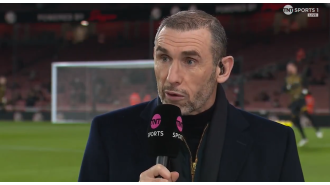What Do I Wish Entrepreneurs Would Ask?
As I watched the video I posted yesterday, I was struck by the last question of the discussion. That question was “what do you wish that entrepreneurs would ask you when they meet with you, but they don’t?”
For me the answer is obvious. I wish they would ask me what I would worry about most if I was an investor in the business. I often give entrepreneurs the answer to that question when they meet with me even if they don’t ask, and they rarely do.
All businesses have challenges, weaknesses, risk factors. These don’t generally get in the way of us investing, as long as we and the entrepreneur(s) are aligned about them and the need to manage and mitigate these risk factors as quickly as possible. We are drawn to an investment by the upside potential of the business and we recognize that every investment we make has significant downside potential as well. Our hope is that the founders and management team can mitigate the downside risk and, in doing so, set the company up to realize the upside potential.
So it is not a negative when pitching to discuss the risk factors. I like to ask entrepreneurs “what keeps you up at night?” There are obvious answers to that question; hiring the right people, shipping product on time, raising capital. But those are common to every business and that’s not what I’m looking for when I ask that question. I am interested in finding out if the founder understands the risks of the specific go to market strategy they have chosen, or the challenges of the market they are operating in, or the difficulties of implementing the business model they have chosen.
If they see those risks clearly and have plans to manage them, that creates alignment and comfort for investors. If they don’t see them at all, that is a huge red flag for investors.
My partners landed on this same answer after talking it through among themselves. As Albert said, entrepreneurs often feel that they have to be selling when they pitch. And many come in telling a rosy story that is all upside and no challenges. That can come off as naive and can be off putting. It is way better to start with the upside. As I like to say, “take me up the mountain and show me the promised land on the other side.” But after you’ve accomplished that, it is wise to explain where the tough spots will be on the way up the mountain and how you plan to manage through them. It’s the latter part that really seals the deal with an investor. You must do the vision part to hook the investor. Reeling them in requires the reality check.






